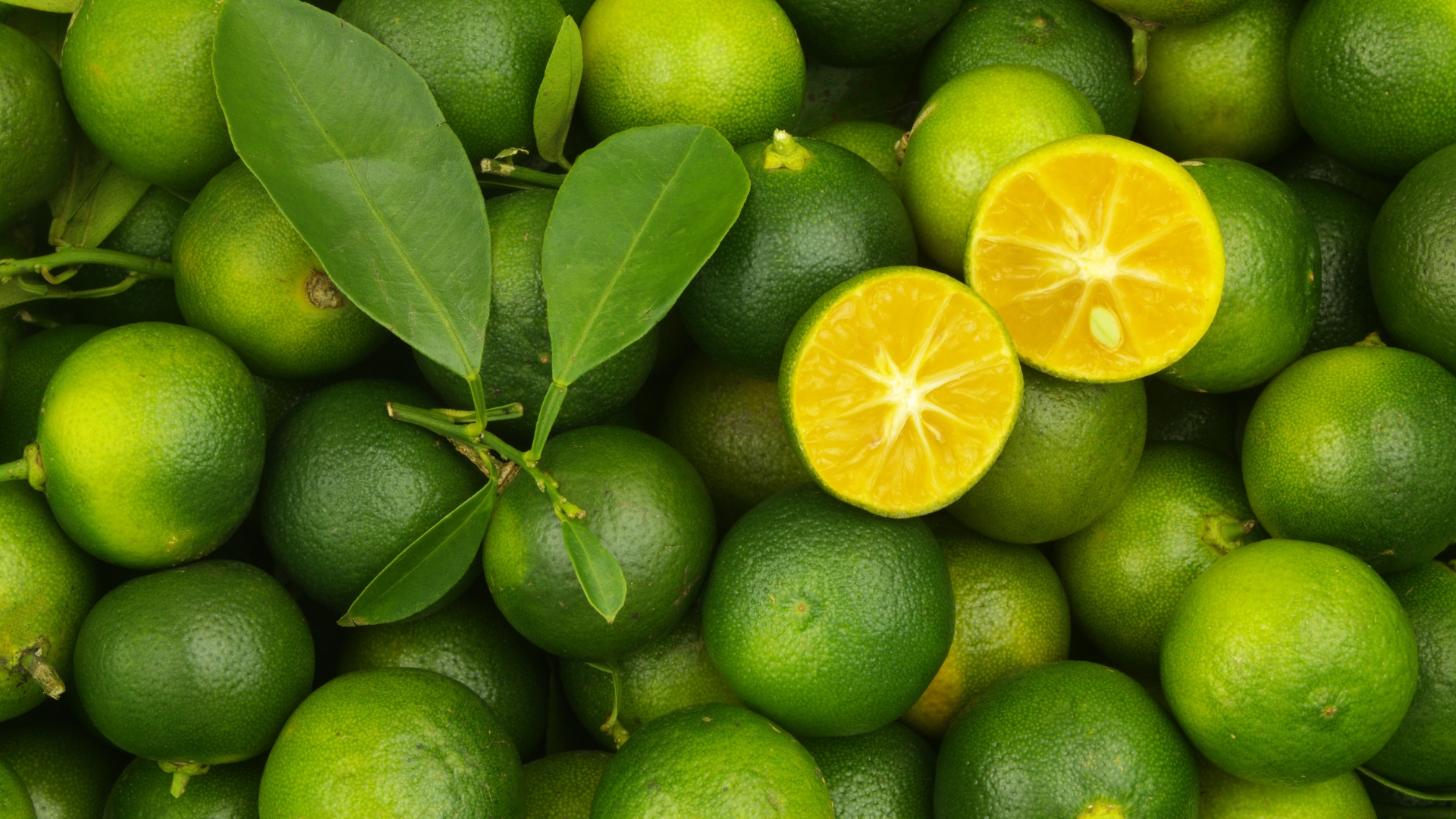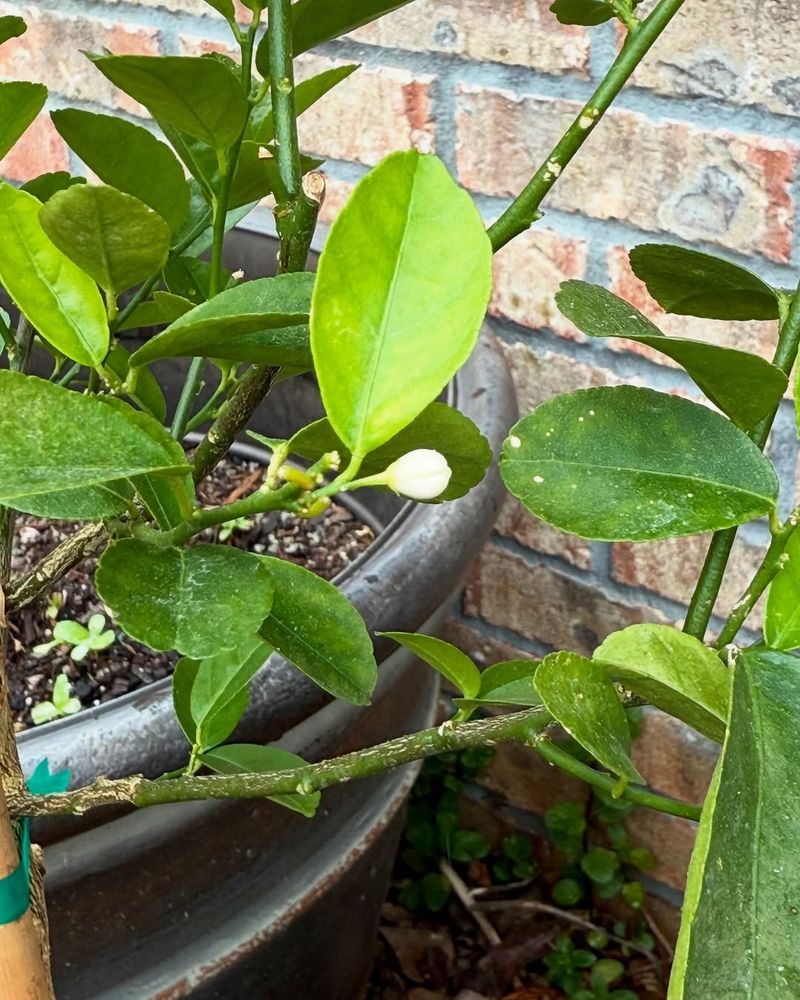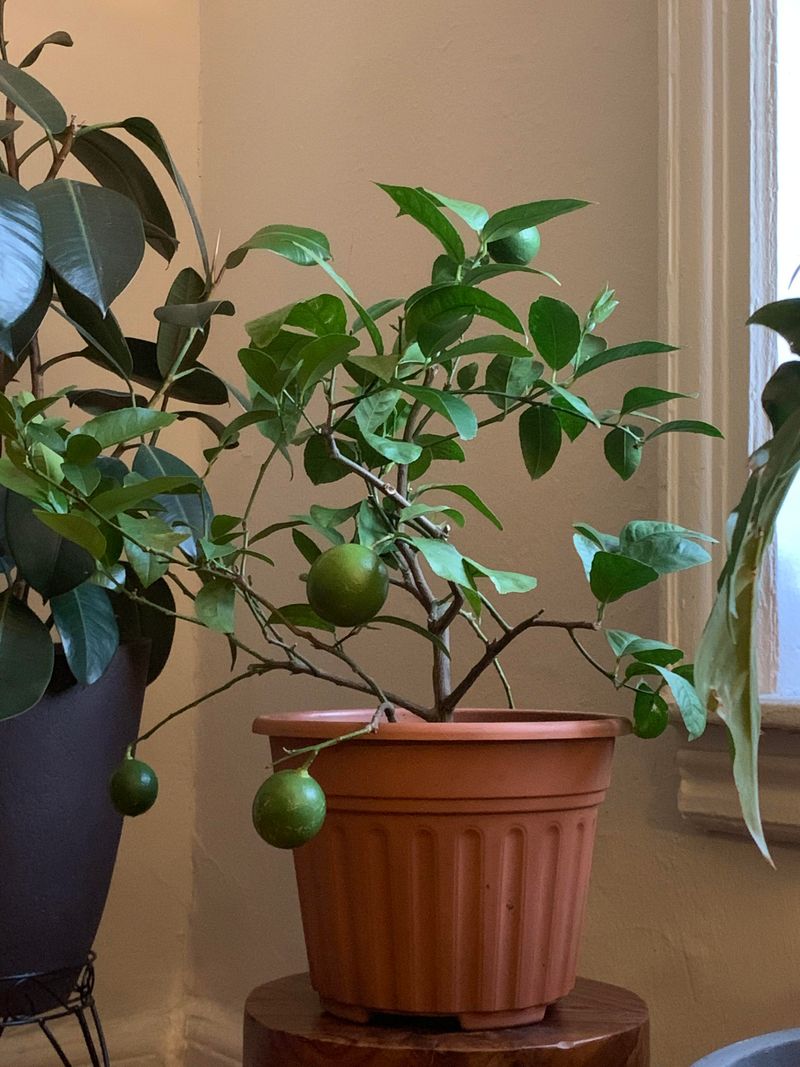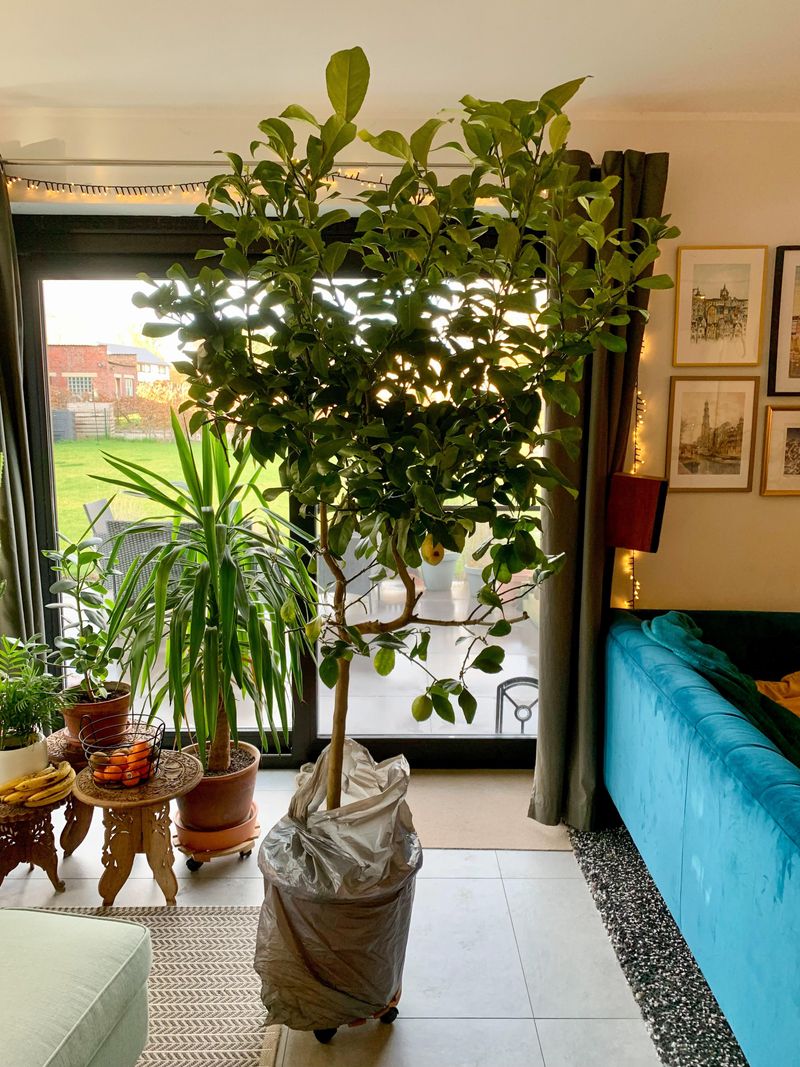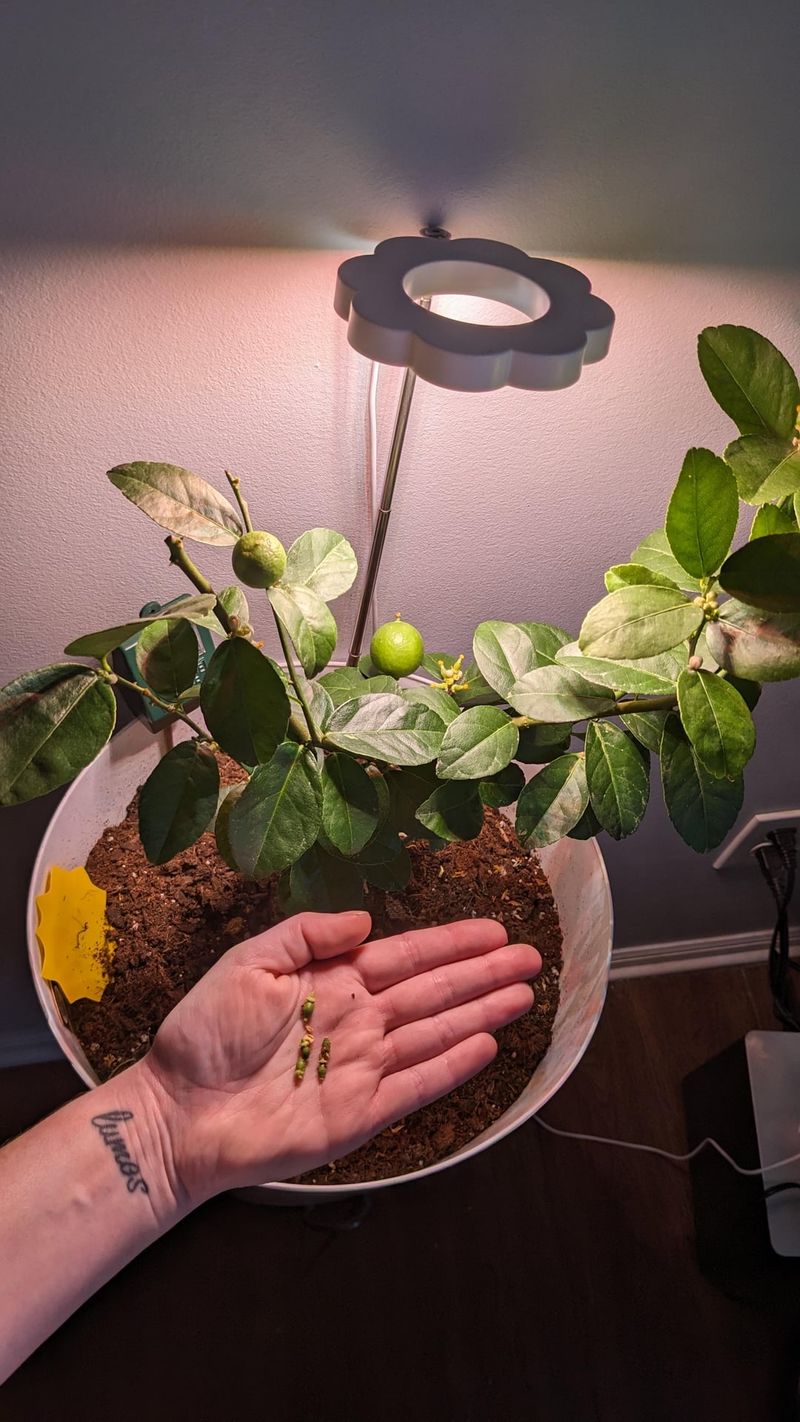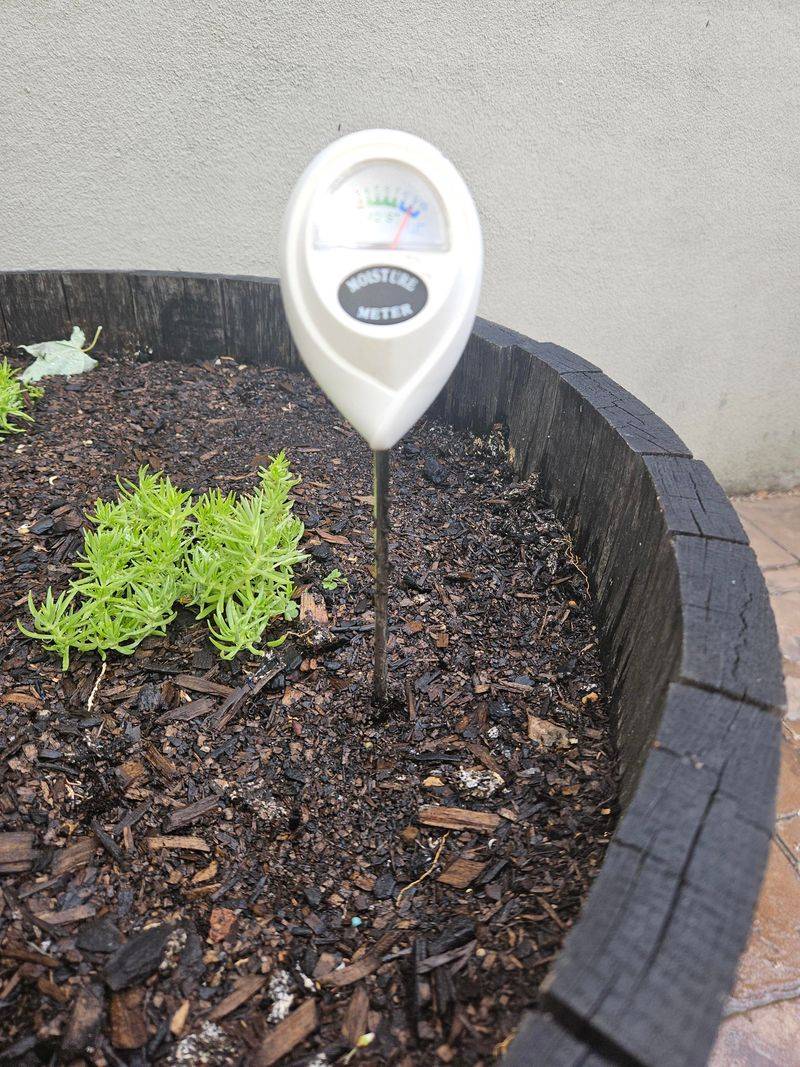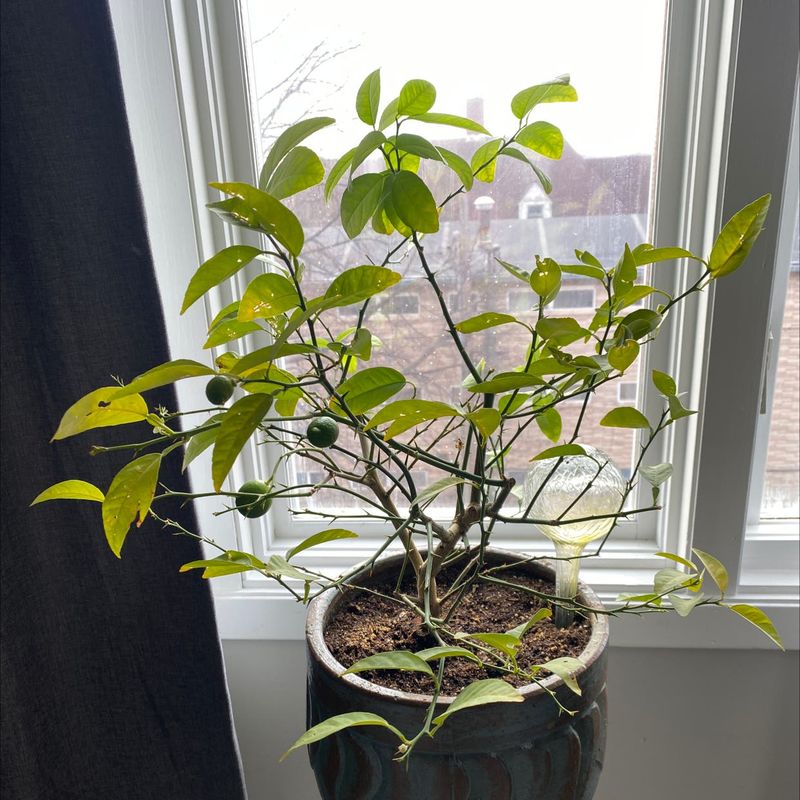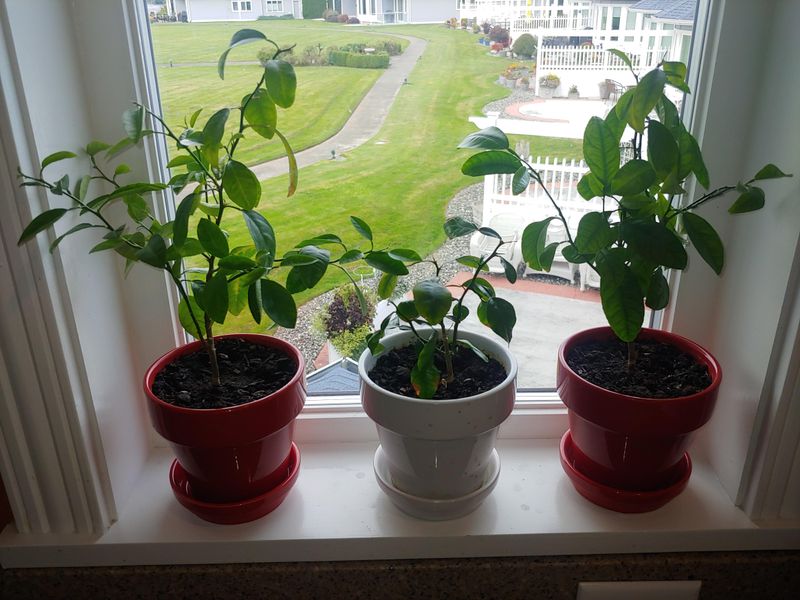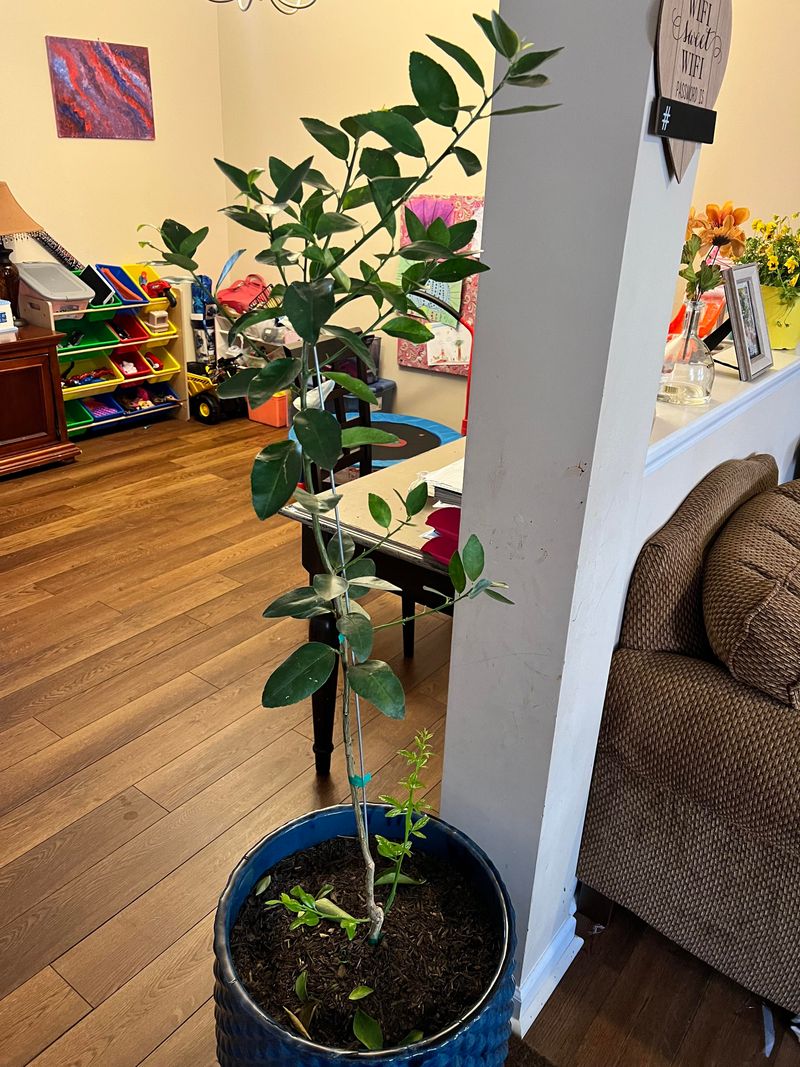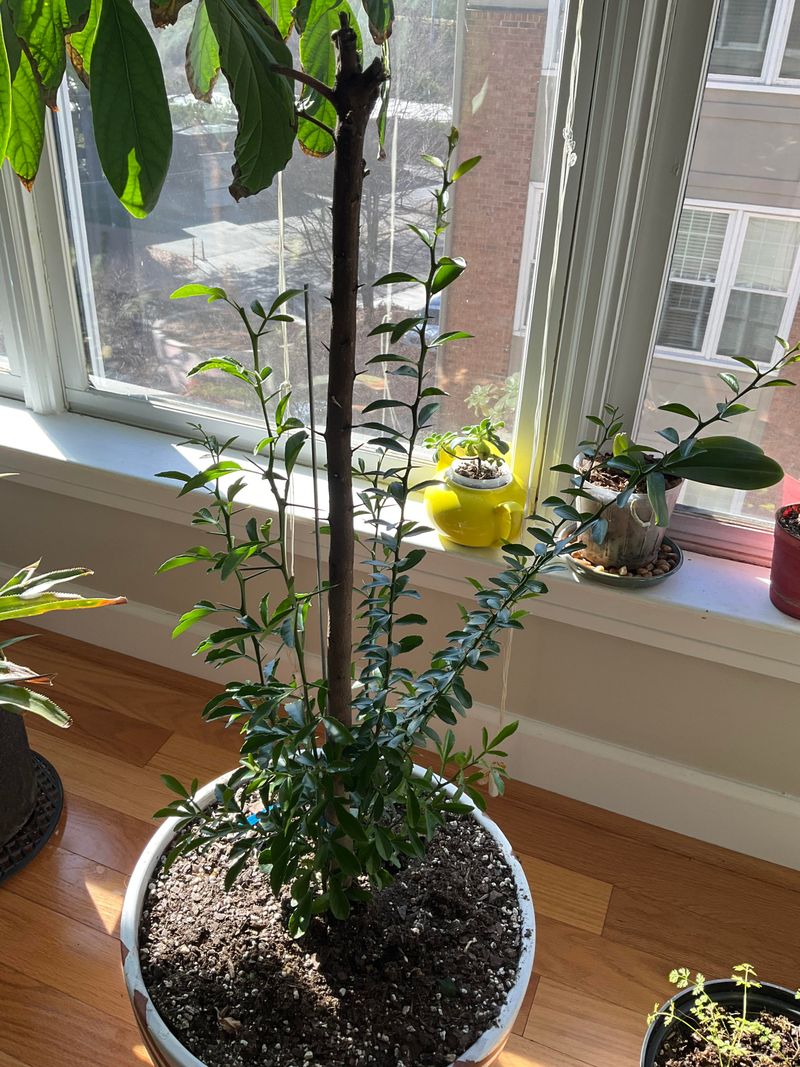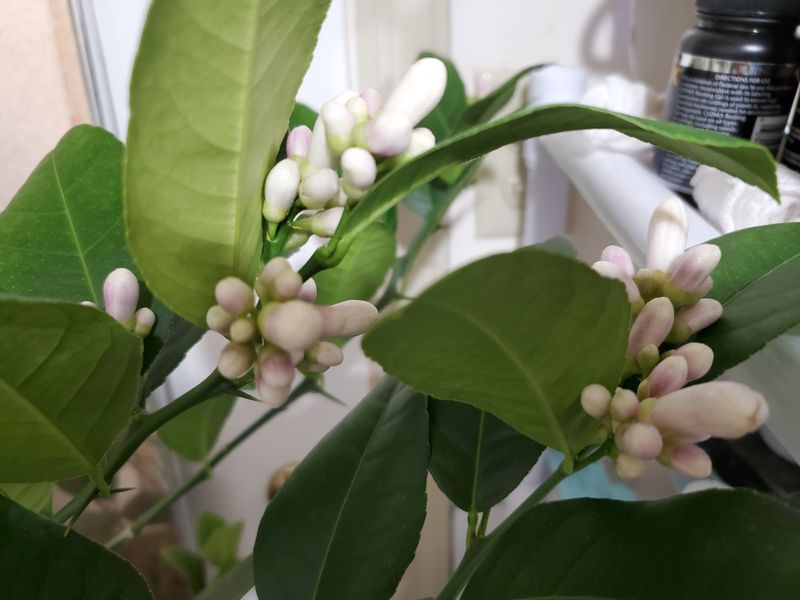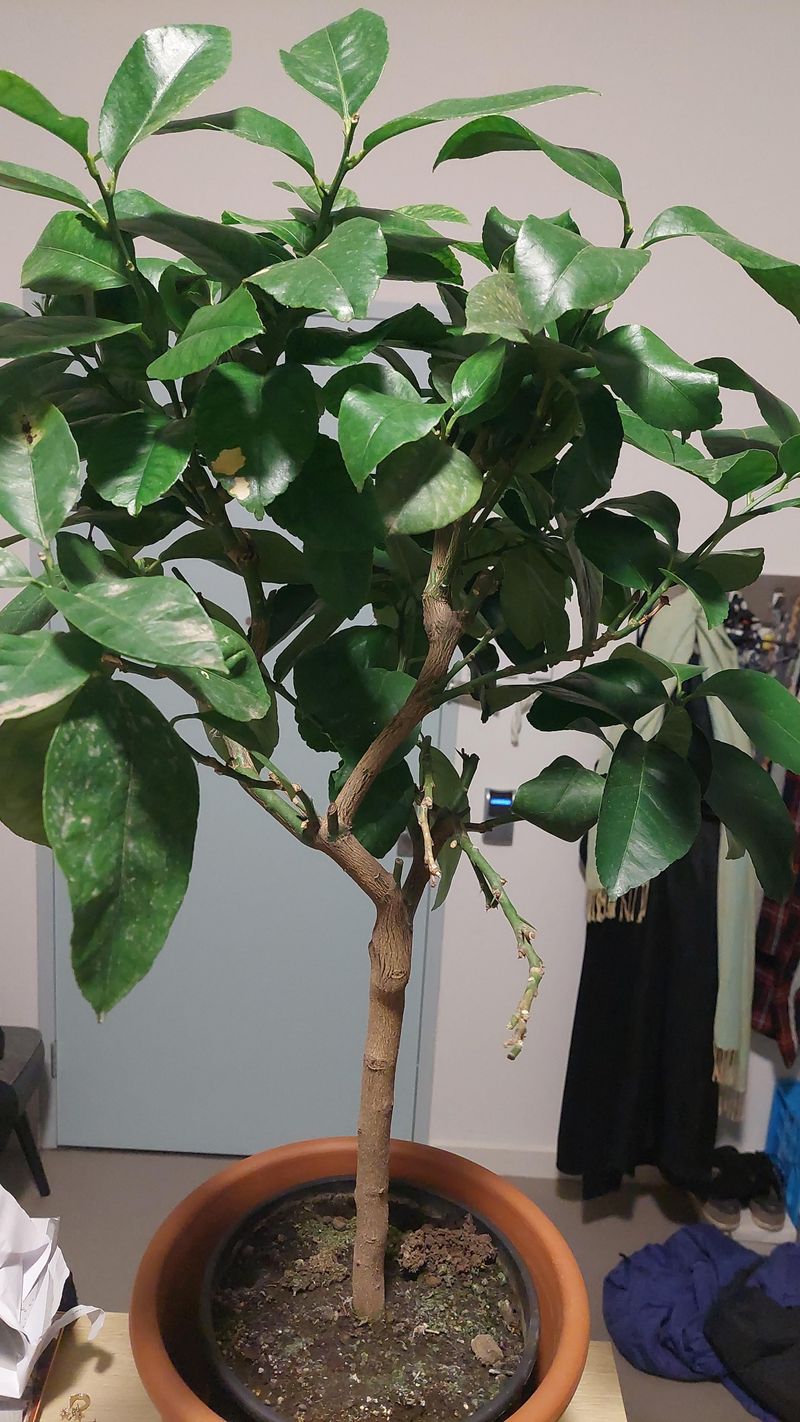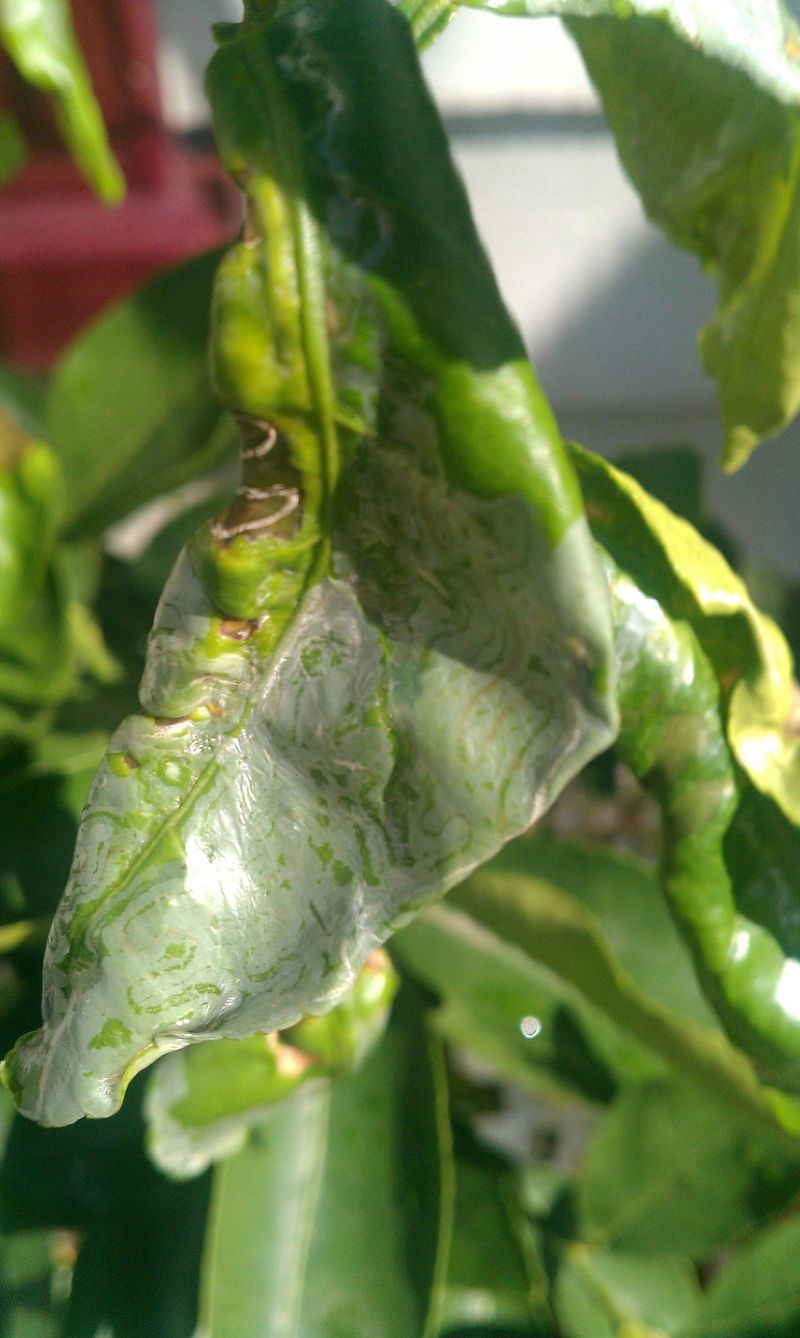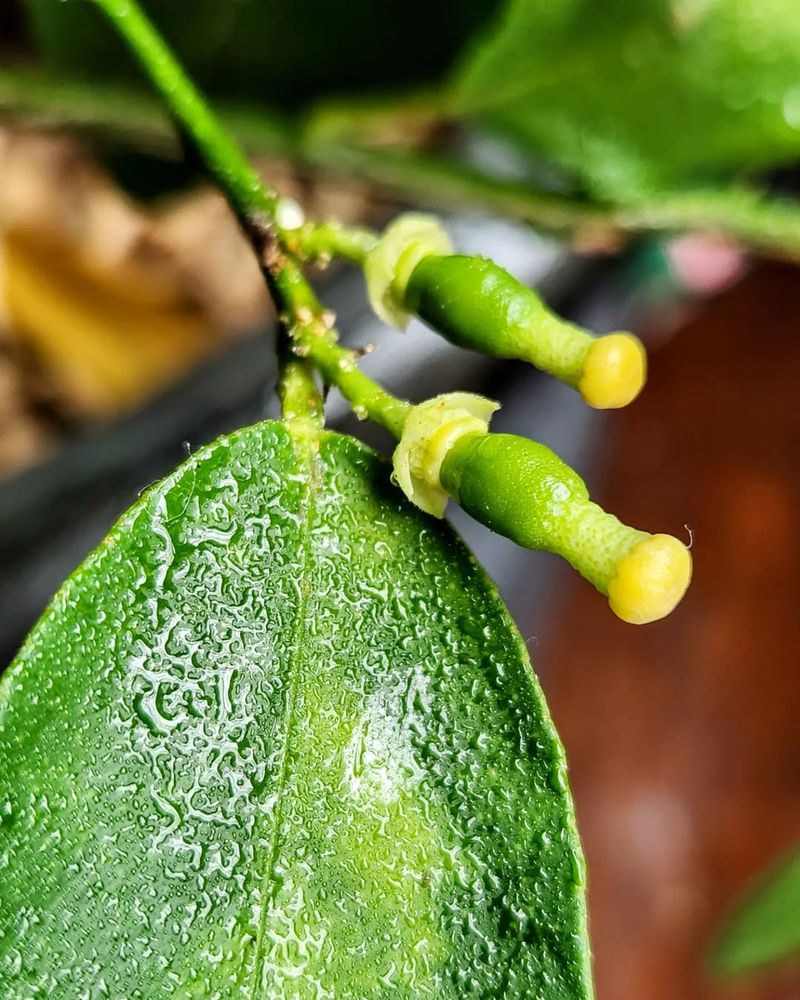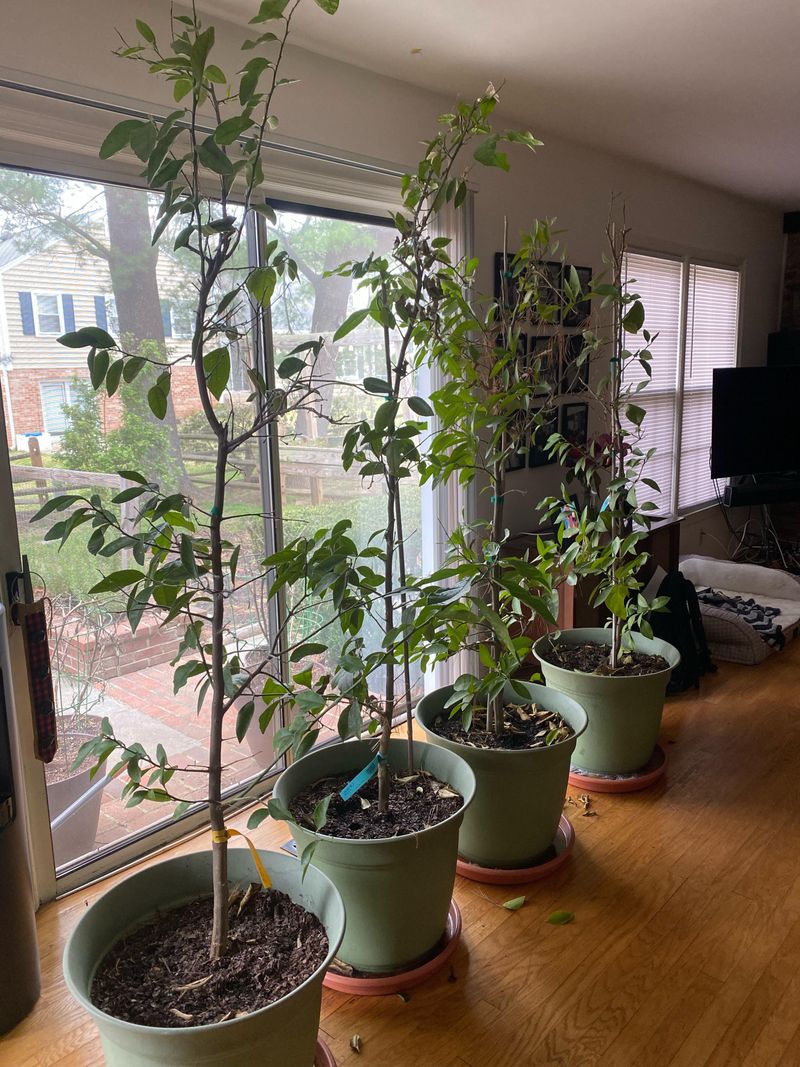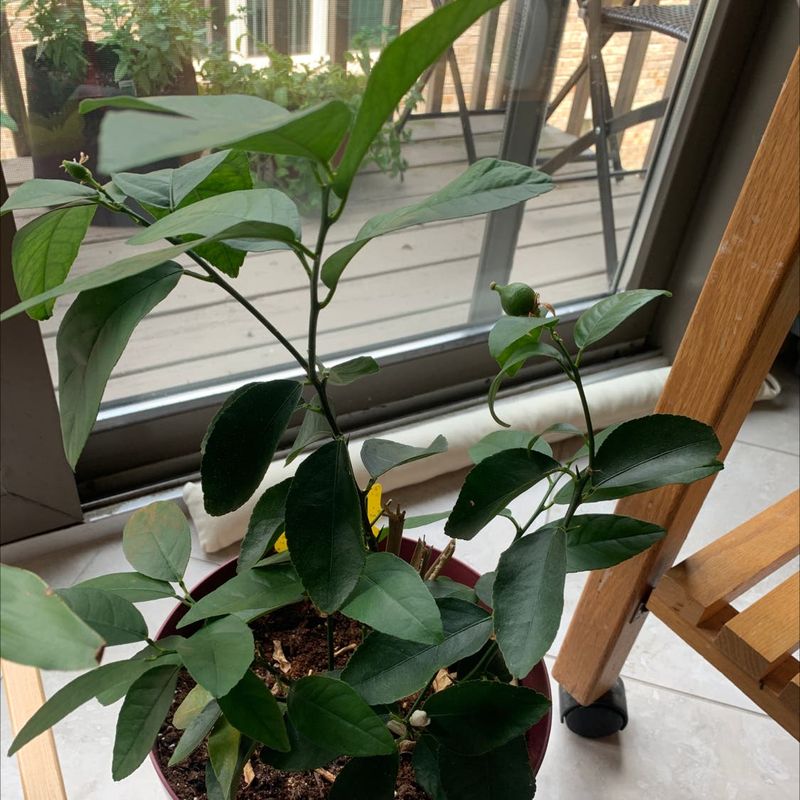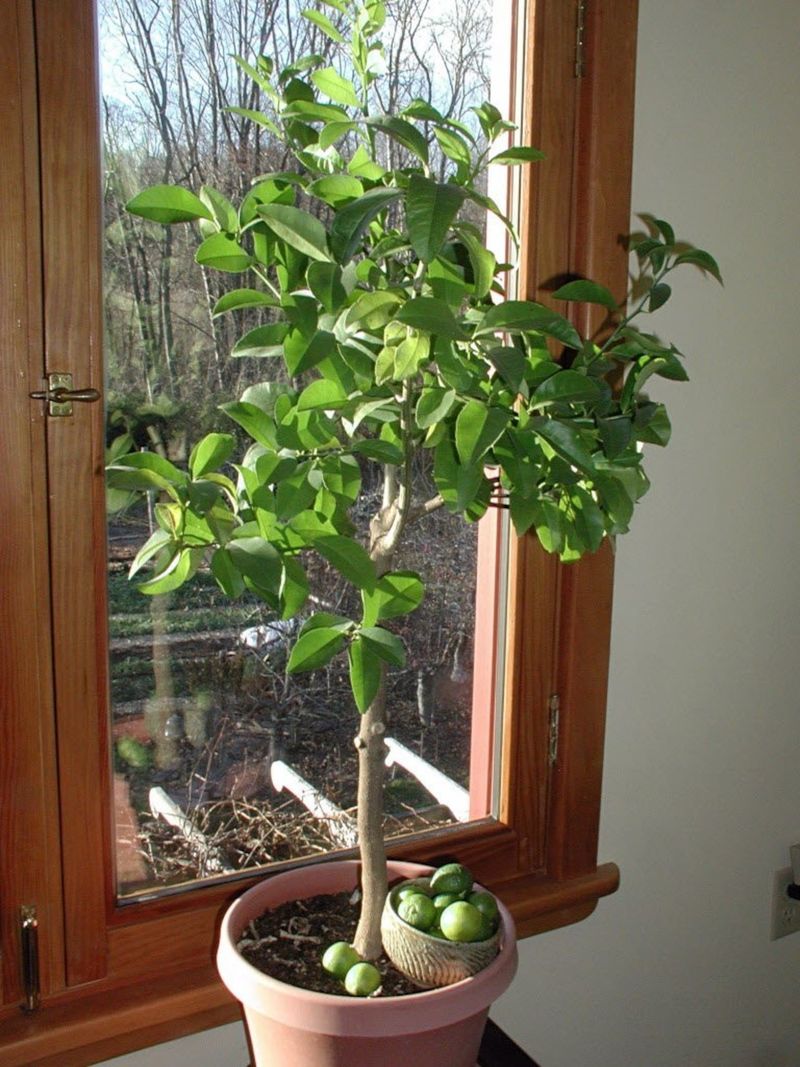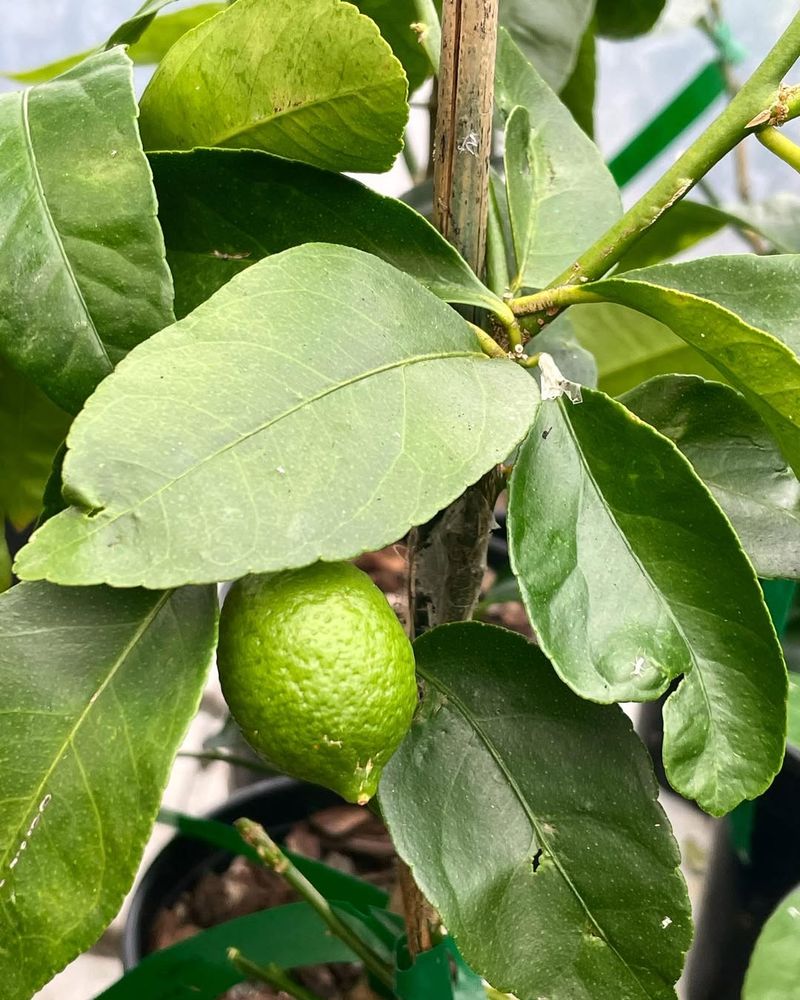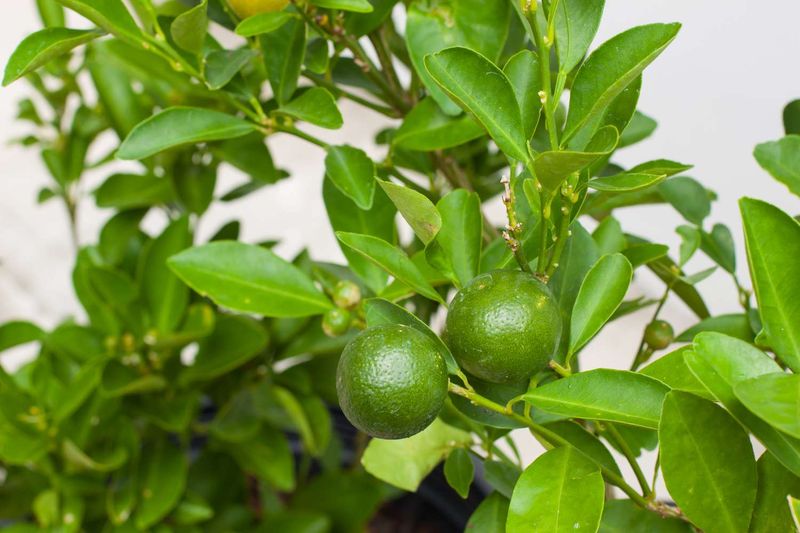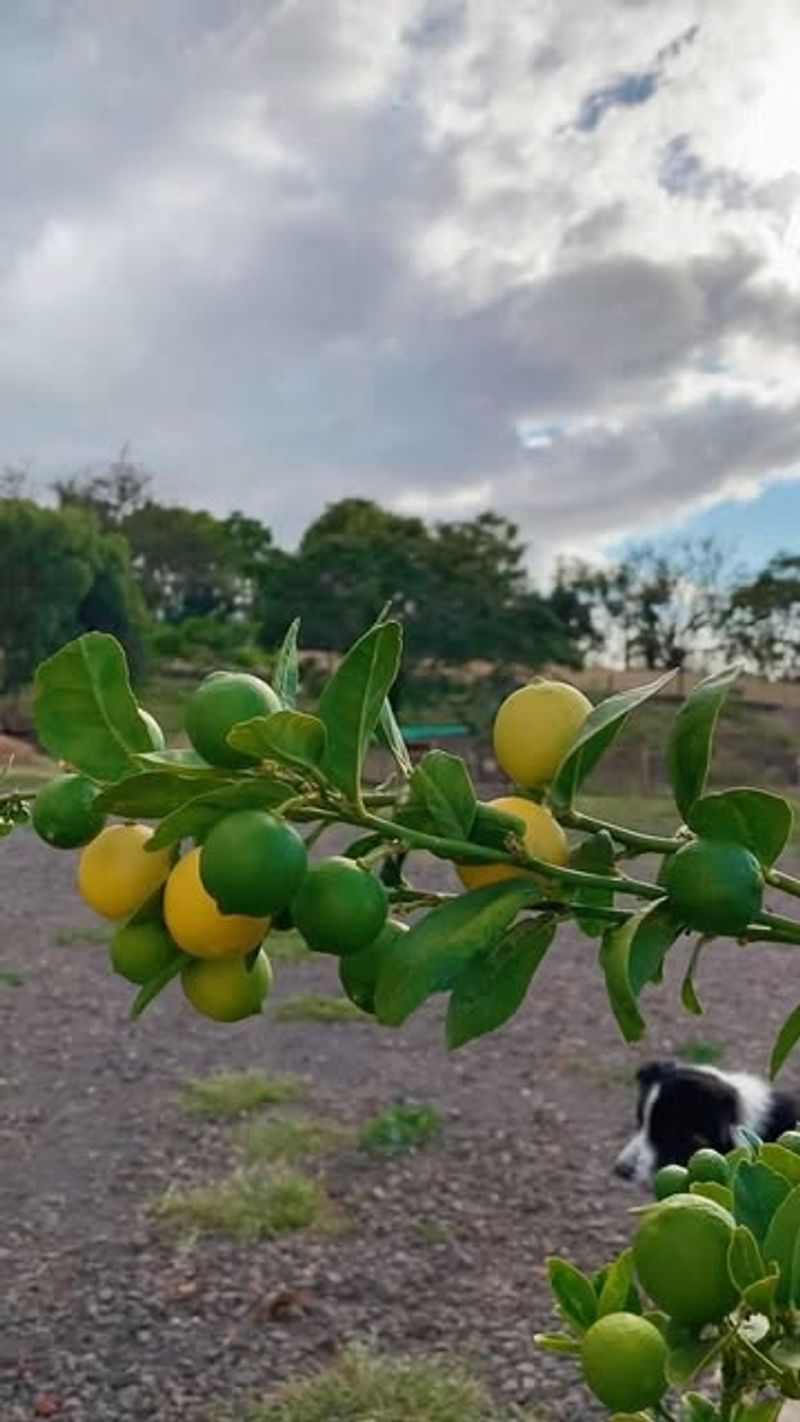Growing your own lime tree indoors is a rewarding experience that brings a burst of fresh citrus right to your fingertips. From choosing the right variety to ensuring your tree gets the love and attention it needs, each step is crucial in cultivating a thriving plant. Let these expert tips guide you on your journey to growing a lush lime tree indoors.
1. Choose the Right Variety
Not all lime trees are built for indoor living—so choosing the right one is key. Dwarf varieties like ‘Key Lime’ or ‘Bearss Lime’ are ideal for containers and adapt well to home conditions.
They stay compact, fruit reliably, and are more manageable in limited space. Look for grafted trees labeled “patio” or “container-friendly” for the best indoor performance.
The right variety sets you up for success from the start. It’s the first—and most important—step toward indoor citrus bliss.
2. Use a Large Enough Pot
Your lime tree needs room to stretch its roots, so don’t go too small on the pot. A container that’s 14–16 inches wide and deep gives your tree the foundation it needs.
Make sure the pot has drainage holes to prevent soggy roots. As the tree grows, be ready to size up gradually to avoid root-bound stress.
Choose a sturdy, heavy pot to help balance the tree as it grows taller. A strong container means stronger roots and better fruit production.
3. Provide Plenty of Sunlight
Lime trees are sun worshippers—they need 10–12 hours of bright light daily to thrive. A sunny, south-facing window is your best bet.
Without enough light, you’ll see weak growth, yellowing leaves, and no fruit. Rotate the plant every few days to keep growth even on all sides.
If your space is dim, it’s time to bring in reinforcements (hello, grow lights!). Light is the fuel that powers your citrus success.
4. Supplement with Grow Lights
When natural sunlight just doesn’t cut it, grow lights can fill the gap beautifully. LED full-spectrum grow lights mimic sunlight and keep your lime tree happy year-round.
Mount the light about 6–12 inches above the plant and run it for 10–14 hours a day. Timers make the process effortless and consistent.
Choose lights that don’t give off too much heat to avoid burning leaves. With artificial help, even a north-facing kitchen can grow limes like a pro.
5. Use Well-Draining Soil
Citrus trees hate soggy roots, so a well-draining soil mix is non-negotiable. Look for a cactus or citrus-specific blend, or mix potting soil with perlite and sand.
Good drainage prevents root rot and keeps oxygen flowing to the roots. Test by watering—if the pot holds water for too long, it’s time to adjust.
Skip heavy or compacted soils that suffocate your plant. Happy roots = happy tree.
6. Keep the Soil Slightly Moist
Lime trees like their soil to be consistently moist but never soggy. Think damp sponge—not soaked or bone dry.
Check the top inch of soil with your finger; if it feels dry, it’s time to water. Water deeply until it drains out the bottom, then let it dry slightly before watering again.
Avoid shallow, frequent watering—it doesn’t reach the roots where it counts. Balanced moisture helps your lime tree grow lush and strong.
7. Avoid Overwatering
Too much love in the form of water can do serious harm. Overwatering causes root rot, yellow leaves, and a sluggish, unhappy tree.
If you’re unsure, it’s better to underwater slightly than to drench it daily. Always use pots with drainage holes and empty the saucer after watering.
Let the soil breathe between waterings to keep the roots healthy. Remember: soggy soil = stressed citrus.
8. Ensure Good Air Circulation
Stale indoor air can lead to pest problems and fungal issues for your lime tree. Keep it in a space where air flows freely—but not directly in the path of vents or drafts.
You can run a ceiling fan nearby or crack a window now and then to refresh the air. Avoid stuffing the plant into a crowded corner or between furniture.
Good air movement also helps with transpiration and overall plant health. Fresh air = fresh fruit.
9. Maintain Indoor Temperatures
Lime trees like it warm—ideally between 65°F and 85°F during the day. If the temperature dips below 50°F regularly, your tree may stop growing or drop leaves.
Keep it away from cold windows, exterior doors, or unheated spaces. On the flip side, avoid placing it next to heating vents or radiators, which can dry it out.
Try to keep temperature shifts gradual and steady. Stable temps keep your lime tree calm, happy, and productive.
10. Fertilize Regularly
Lime trees are heavy feeders and need regular nutrition to grow and fruit indoors. Use a balanced fertilizer formulated for citrus every 4–6 weeks during active growth.
Look for blends with micronutrients like magnesium, iron, and zinc—citrus trees need them all. Don’t fertilize in winter when the tree slows down.
Liquid or slow-release granules both work well—just follow the label. Feeding your tree is the secret to juicy homegrown limes.
11. Prune to Shape and Size
Pruning helps keep your lime tree compact, tidy, and productive indoors. Trim back long, leggy branches to encourage bushier, stronger growth.
Remove any dead or crossing limbs to improve airflow and shape the canopy. Prune in late winter or early spring before the main growth season starts.
Use clean, sharp scissors or pruners and make cuts just above a node or bud. A well-shaped tree is easier to manage and looks great in any room.
12. Hand-Pollinate Flowers
Indoor lime trees need a little help in the romance department. Without bees and other pollinators, flowers won’t turn into fruit unless you step in.
Use a soft paintbrush or cotton swab to gently transfer pollen from one flower to another. Do this daily when blooms are open and you’ll increase fruit set.
It’s easy, quick, and makes all the difference indoors. A little matchmaking now means more limes later.
13. Repot Every 2–3 Years
As your lime tree grows, its roots will eventually outgrow the pot. Repotting every couple of years gives it more space and refreshes tired soil.
Choose a slightly larger pot and gently loosen the root ball when transferring. Trim any circling or dead roots during the process.
This keeps your tree vigorous and prevents it from becoming root-bound. A refreshed home leads to healthier growth and better fruiting.
14. Watch for Pests
Even indoor trees can attract tiny troublemakers like spider mites, aphids, and scale. Check the leaves (top and bottom) regularly for signs of sticky residue or webbing.
If pests show up, treat them early with neem oil or insecticidal soap. Isolate the tree from other plants until it’s clean again.
Keep leaves clean and avoid overcrowding to prevent infestations. A little vigilance keeps pests from stealing your harvest.
15. Keep Leaves Clean
Dusty leaves can block sunlight and slow down photosynthesis. Wipe them gently every few weeks with a damp cloth or spray with a fine mist.
Clean leaves breathe better, look healthier, and absorb more light. Avoid harsh chemicals or rough scrubbing—just a gentle touch is enough.
If your tree is near a kitchen, grease buildup can add to the grime. Keeping the foliage clean helps your lime tree thrive year-round.
16. Rotate the Plant Weekly
Lime trees naturally lean toward the light, so if you don’t rotate them, they can grow lopsided. Give your tree a quarter turn every week to keep growth balanced and even.
This helps all sides of the plant get equal sun exposure and encourages a symmetrical shape. Plus, it prevents weak stems from stretching too far in one direction.
Make it a habit—same day each week—and your tree will thank you with strong, even growth. A little spin goes a long way.
17. Provide Humidity
Indoor air—especially in winter—can be way too dry for lime trees. These tropical plants love humidity, so aim for 40–60% to keep leaves happy.
Use a humidifier nearby, place a pebble tray under the pot, or mist the leaves regularly. Dry air can cause leaf drop, curling, or browning edges.
Humidity keeps your lime tree lush and helps support steady growth. Don’t let dry air suck the life out of your citrus.
18. Avoid Cold Drafts
Cold air from windows, doors, or AC units can shock your lime tree. Even short bursts of chilly air can cause leaf drop or slow growth.
Keep your plant away from drafty spots or insulate windows during the colder months.
Make sure it’s not directly in the path of fans or vents either—sudden temperature changes are stressful.
Warm and steady wins the race. Your lime tree will thrive in a calm, cozy spot.
19. Use a Support Stake if Needed
If your lime tree starts leaning or the branches get heavy with fruit, a stake can help. Gently tie the main trunk to a bamboo or wooden stake for support.
Use soft ties or cloth strips to avoid damaging the bark. As the tree strengthens, you may be able to remove the stake.
It’s especially helpful for young trees still establishing their structure. Support now prevents breakage later.
20. Be Patient with Fruiting
Growing limes indoors takes time—especially if you’re starting from a young tree. It can take 2–3 years (or more) for your plant to bear fruit.
Focus on keeping it healthy, not rushing the process. Good care builds a strong foundation for fruit down the road.
Once it starts producing, you’ll enjoy harvests year after year. Patience pays off in citrus gold.
21. Move Outdoors in Warm Months
When temperatures stay above 60°F, your lime tree will love spending time outside. Fresh air, natural sunlight, and pollinators give it a seasonal boost.
Gradually acclimate it by placing it in partial shade for a few days before moving it to full sun. Keep it protected from strong wind and sudden rain.
Be sure to bring it back indoors before temps drop in the fall. This seasonal vacation can encourage faster growth and more blooms.
Think of it as your lime tree’s mini tropical getaway.

